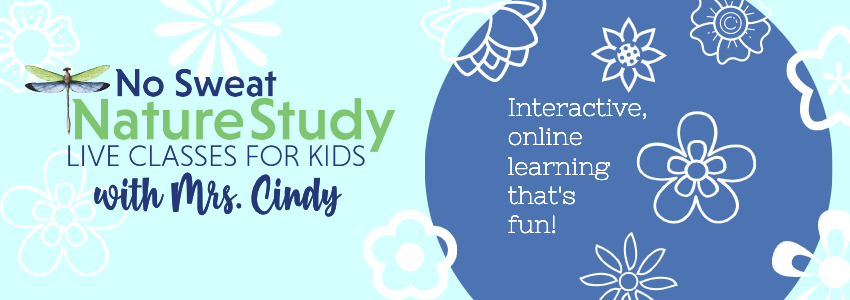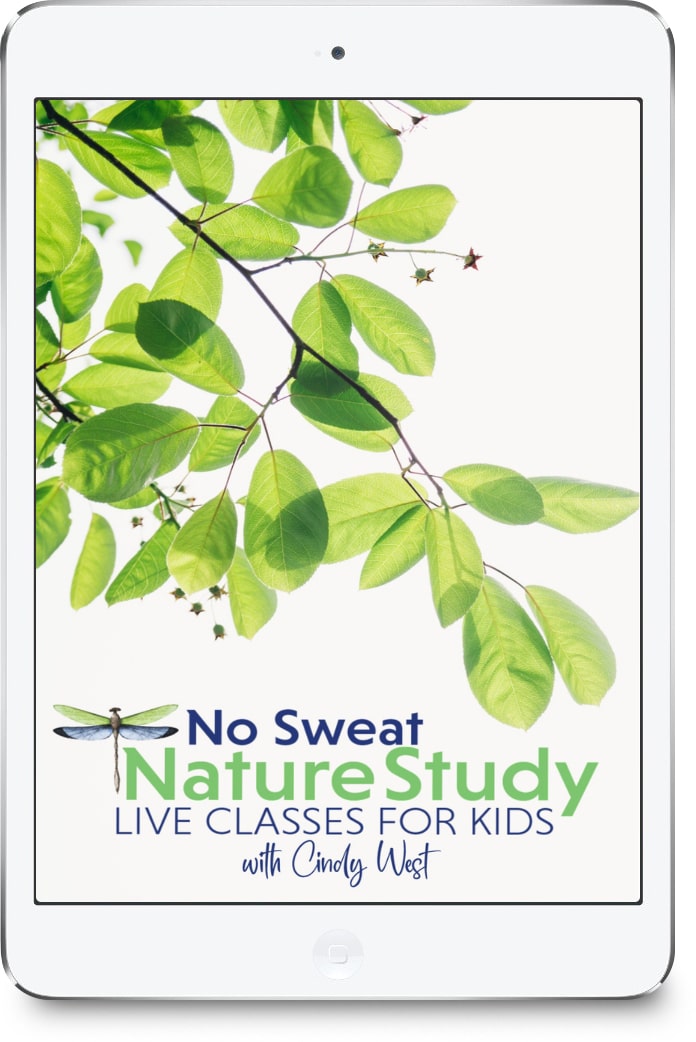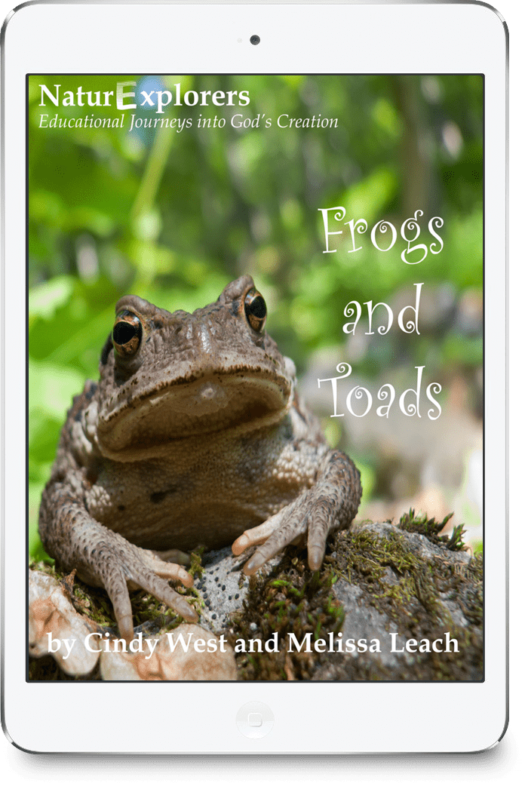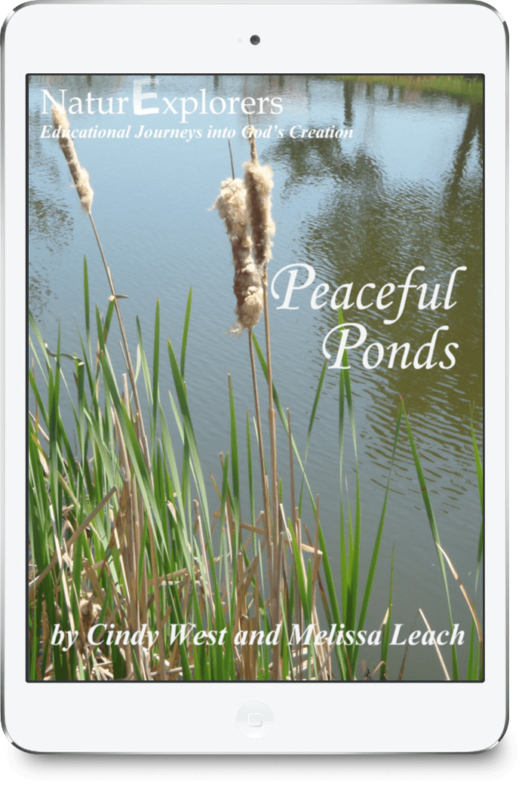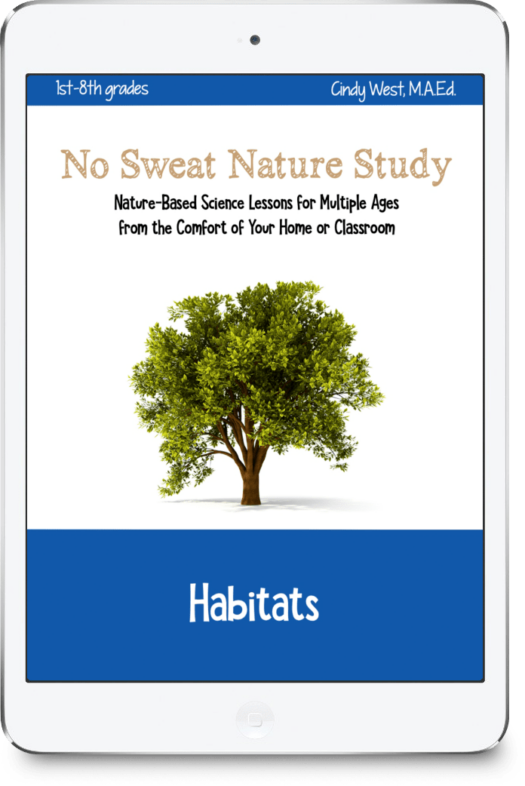Spring Peeper Nature Study
Hello, and welcome to a spring episode of the No Sweat Nature Study podcast! I’m so excited to share some bite-sized information about spring peeper nature study with you today. I’m Ms. Cindy from No Sweat Nature Study LIVE and I am very glad you’re joining me for a nature walk.
Spring Peeper Nature Study
Have you heard of spring peepers before? They are a small chorus of frogs that sing in beautiful chirping calls in the spring. Where I live in Kentucky, we begin hearing their musical sounds around March or April. It depends on whether or not the air and water temperature are warm enough for them to come out of hibernation.
You see, during the winter, they bury themselves in the soft mud around a pond or holes in trees or under logs and they stay there through the winter. As temperatures rise near spring, they come out of hibernation and the males start chirping a high-pitched, whistle-like peeping sound. This sound is on repeat about 20 times a minute.
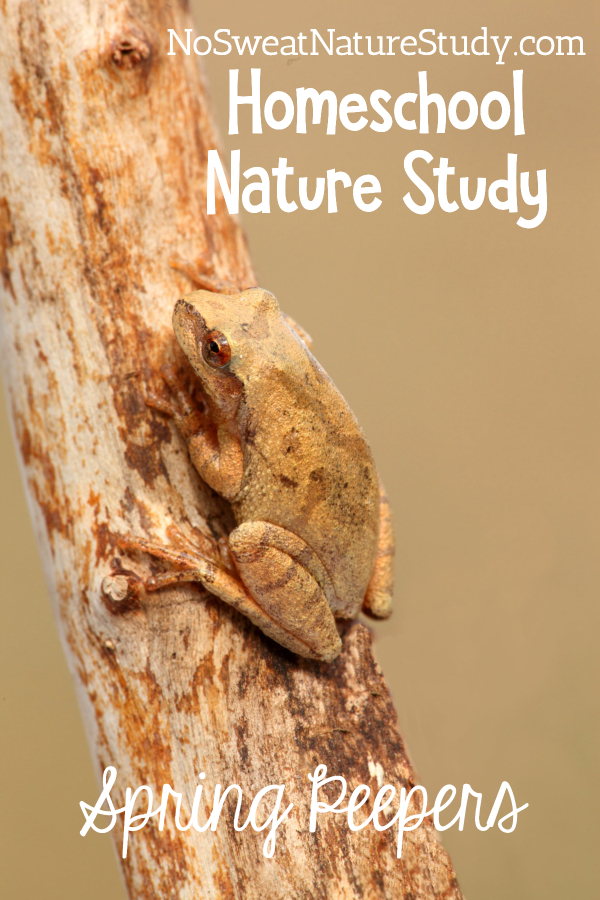
This post contains affiliate links.
Now, if the males are the ones peeping, I bet you can figure out why. Yes, of course. They’re each trying to attract a female with their sounds on spring nights. They gather near water, like the pond on my farm, and they sing in trios. Do you know what a trio is? Yes, it’s a group of three. That’s why they’re called chorus frogs – because they sing in a group or chorus.
Sometimes they sing louder and sometimes they sing faster until they finally attract a mate. After mating, the female goes into the water and lays eggs. She can lay between 800 to 1,000 or more eggs in the water. Usually, those eggs are attached to something in the water, like vegetation or a dead tree, or even just the shallow muddy bottom on the pond’s edge.
You might not believe it, but it only takes six to 12 days for baby spring peepers to hatch from those eggs. Do you remember what it’s called when something hatches from a frog’s egg? Yes, it’s a tadpole. Can you imagine 800 to 1,000 tadpoles swimming around in a pond? That’s a lot. It would be pretty cool to see. I wonder if you’ve ever seen tadpoles swimming around?
Tadpoles To Adult Frogs
The tadpoles stay in the water and develop into adult frogs for about 90 to 100 days. During that time, they eat all kinds of things in the water like algae, bacteria, zooplankton, bugs, and even dead bugs. Now sadly, a lot of these tadpoles, and even the eggs before some of the tadpoles ever hatch, actually become food for other things.
So, of the 800 to 1,000 eggs that started, many don’t make it to adulthood. Do you know who eats frogs, eggs, or tadpoles? Predatory birds, turtles, raccoons, snakes, and even bigger insects can eat them. In the end, the frogs that survive to adulthood can live three or four years.
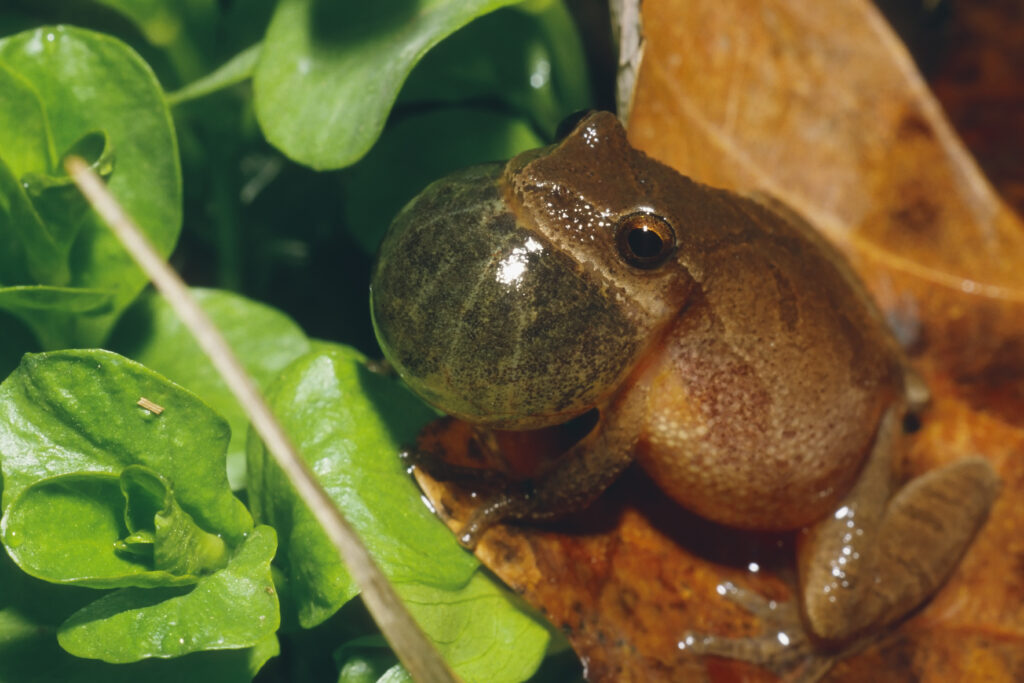
Some of those adult frogs will stick close to the pond. Some will move a little further out into fields or wooded areas, or even up into trees. But they still stay in areas where it’s moist because frogs must live in moist areas. You see, they have a unique skin that absorbs oxygen through it, and that skin has to stay moist to be able to absorb enough oxygen. Wow. Who knew that frogs are so amazing, particularly spring peepers?
Homeschool Nature Walk Challenge
Now it’s time for your nature walk challenge! Because spring peepers are tiny and well camouflaged with their smooth green, gray, or brown skin, which happens to have an x-shaped pattern on the back, they’re usually hard to find on a nature walk.
However, if you have a chance to visit a pond and walk around it quietly, you just might be able to spy on either a spring peeper or another type of frog. Or maybe even some frog eggs or tadpoles near the water’s edge. If you do, draw what you see. If you don’t, simply draw a sketch of the pond. Colored pencils would be perfect to use.
When you go to a pond, watercolors are absolutely wonderful to use if you have them. And, if you have non-toxic watercolors, you can use the water from the pond as the water for your paintbrush to wet your watercolors. Isn’t that fun?
No matter what you’re able to find during your spring peeper nature study, I would love to see the nature journal page that you create. If you could have your parents share those on Instagram or Facebook and tag me @ourjourneywestward, that would be so fantastic. It makes me smile so big when I get to see your creations!
Links & Resources
Please leave a rating or a review on your podcast app! It helps the podcast to show up for more people…which means more families can enjoy science through the wonderful lens of nature study! Thank you!

